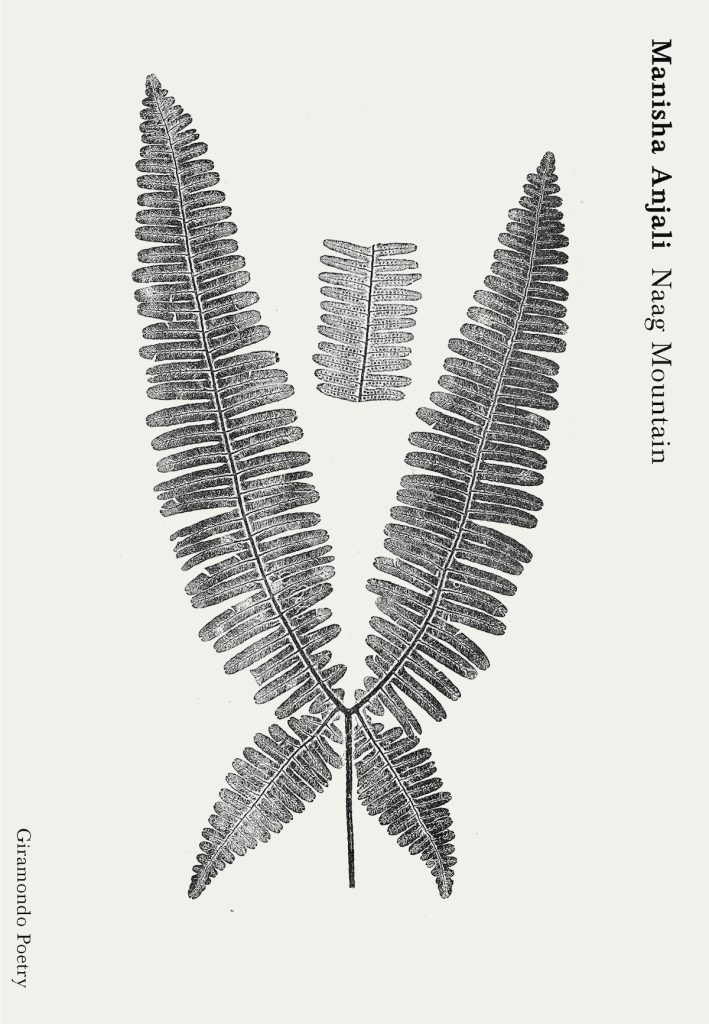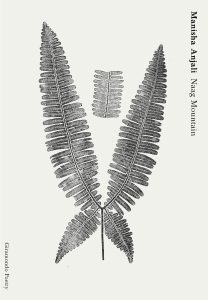Author note: Manisha Anjali on Naag Mountain
Melbourne-based poet Manisha Anjali reflects on her debut book Naag Mountain (1 April 2024), an imagined recovery of the little-known cultural inheritance of a displaced and exploited people.
Dream a dream in your place of conception. Port Douglas, Far North Queensland. This dream will inform the next part of your book, and the next part of your life.
I received this instruction in my dream. I packed my bags, left Naarm and headed north. I wanted this book to be informed by what I would dream in Port Douglas. I ended up on Minjungbal country, Tweed Shire, NSW. Then state and international borders closed. Unable to travel, not all dreams could be re-enacted and performed, but many were. Naag Mountain is a collaboration between history and dream.
During this time, humpback whales were migrating to the warm waters of Queensland from Antarctica to give birth. Whale sightings were a near daily occurrence. I came to think of them as guides in the writing process, symbols of love breaching playfully into the salty clouds. I wrote sitting on the sand, on cliffs and rocks. I listened to the pulses and moods of the wild Pacific Ocean, a prominent entity in Naag Mountain. I was surrounded by sugar cane plantations. I communed with the ghosts of labourers and the darkness known by the land. I dreamed of spirits, music and the afterlife. Life was marked by red lunar eclipses, frog songs and driving down lonesome highways in my 1999 Mazda 626. I was tapping into the inherent creativity of the natural world, in a way that I hadn’t done since I was a child in Fiji.
Naag Mountain is the recovery and aftermath of the girmit, the period between 1879 and 1916 when Indians were taken to Fiji for indentured labour on Australian-owned sugar cane plantations. Prior to my time living in the Tweed, I researched ancestral historiographies by way of archival documents, historical texts and oral histories from family members. I sought to recover the dignity, beauty and complexity of the girmityas, who otherwise only resided in the shadow of the archive and dissipating cultural memory. Living close to the sugar cane plantations on Minjungbal country, I came to understand history as a living, continuing phenomenon.
It was important that this narrative poem was told in the language of dreams. To follow, perform and write with the subconscious is to be in dialogue with the hidden and symbolic self. It made sense that the hidden stories of the girmit were rendered by this mystical process. The lines between reality and dream, truth and illusion dissolve.
I live a split existence between Australia, Aotearoa and Fiji. And so, Naag Mountain is also split across many lands, realms and timelines. It was written with immense love for the community whom the story is about.



